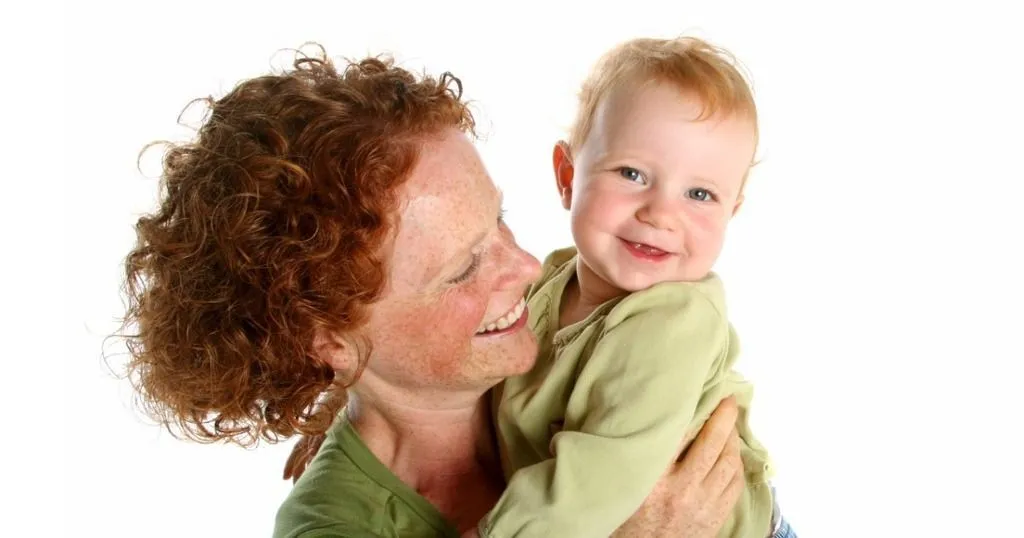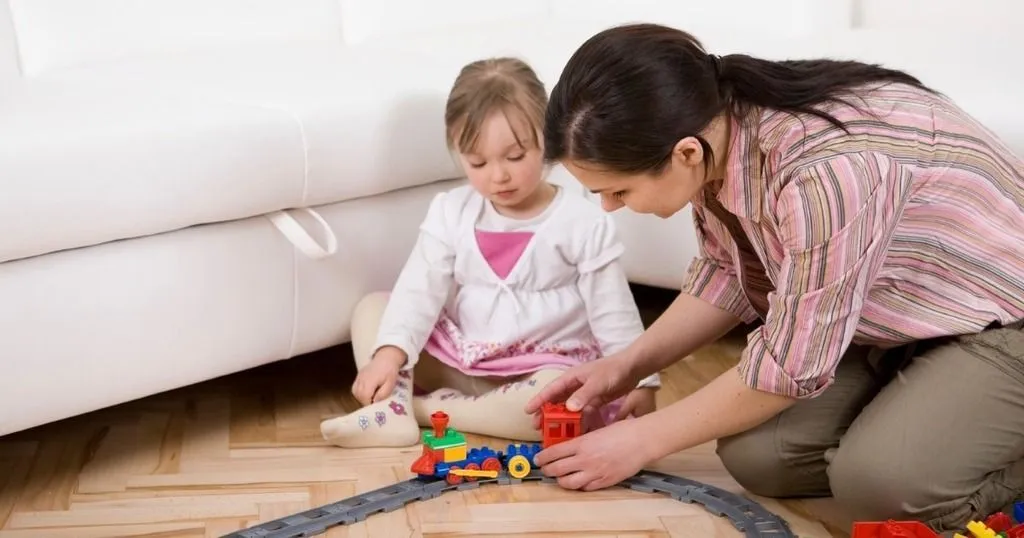Parent-child interaction – research in a lab and on-site

Early in life, children are not capable of filling out a complete questionnaire or talking to an interviewer.
Posted by
Published on
Mon 29 Nov. 2021
Early in life, children are not capable of filling out a complete questionnaire or talking to an interviewer. In that case, observing behavior can provide valuable information in combination with parental interviews. We share an interesting list of examples of child development observations.
How to study parent-child interaction: examples of research in a lab and on-site
Child development observations: Lab or natural setting?
Researchers can choose to observe behavior in a laboratory setting or in a natural setting such as a family home. When 100% control of the situation is required, a laboratory setting is the most favorable option. But, in a study that needs to answer questions about behavior in its natural context, an unobtrusive set-up in a daycare center, family home, or shop is preferred.
In both cases, the researcher can record the interaction on video and code behaviors in great detail. By using video, researchers don’t lose any information and can test their coding scheme and/or coders by asking different coders to code the same scene.
Example case: the role of toddler emotion
Umemura et al. observed parent-child interaction in their laboratory as well as at the family’s home. They tested Bowlby and Ainsworth’s hypothesis: a hierarchy of caregivers exists whereby infants prefer one caregiver over another when distressed. In other words, Umemura et al. asked themselves: Who is the primary caregiver (mother or father)? Does the infant feel secure/insecure at the age of 1? At 2-years-of-age is the same child more likely to prefer a particular parent (mother, father) at home, both when distressed and when in a positive mood?
Infant Behavior and Development
In their publication in Infant Behavior and Development they describe how the lab test was performed at the university laboratory. The mother or father came to the lab with the infant for the strange situation procedure (Ainsworth’s strange situation test). This procedure is widely used to assess attachment and also often performed in an unobtrusive, controlled environment such as a stationary observation lab with two rooms: an observation room and a second room in which the observers can watch the interaction through a one-way mirror.
Two-way classification
In order to measure the level of attachment an infant feels and relate it to the role a caregiver plays, Umemura et al. used a two-way classification (secure vs. insecure: insecure-avoidant, insecure-resistant, or disorganized). They continued their study a year later. So when the same children turned 2, one of the researchers visited the family at home to record a triadic family interaction on video. In order to calculate and compare frequencies of behaviors, they coded with whom the toddler initiated interaction and the toddler’s emotional state when initiating the interaction. In addition to observing behavior, the researchers also collected data by asking the parents to complete a questionnaire about their own involvement in caregiving tasks.
Emotion matters
The researchers found that distressed toddlers preferred their mothers over their fathers and that when toddlers were content, they didn’t display a preference for either caregiver. Moreover, mothers in a clear primary caregiver role were compared to mothers who equally shared the role of caregiver with their partner. The results supported the hypothesis that toddlers prefer their primary caregiver when seeking comfort.
Behavioral observations in child development
Behavioral observations can identify particular patterns. For example, by observing how secure an infant feels with his parents (Ainsworth’s strange situation test), researchers are able to test if a history of security and attachment influences parent-child interaction later in life. Umemura et al. conclude that a positive history of attachment and security predicts how quickly toddlers recover from distress after seeking interaction from a parent.
By examining this study from an interdisciplinary point of view, it can be suggested that it is a traditional mother-father role which influences the infant’s preference. Could it be that children with two mothers (a homosexual female couple) show different behaviors? It is really interesting to also look at this issue from a biological perspective. Is this infant/toddler behavior biologically determined? In the discussion of their article, Umemera et al. propose a broader perspective for future research.
References- Umemura, T.; Jacobvitz, D.; Messina, S.; Hazen, N. (2012). Do toddlers prefer the primary caregiver or the parent with whom they feel more secure? The role of toddler emotion, Infant behavior & development, 36 (1), 102-114, doi.org/10.1016/j.infbeh.2012.10.003.
Related Posts

Parent-child interaction: Measuring the effectiveness of interactions

Systematic behavioral observation – two coding scales


